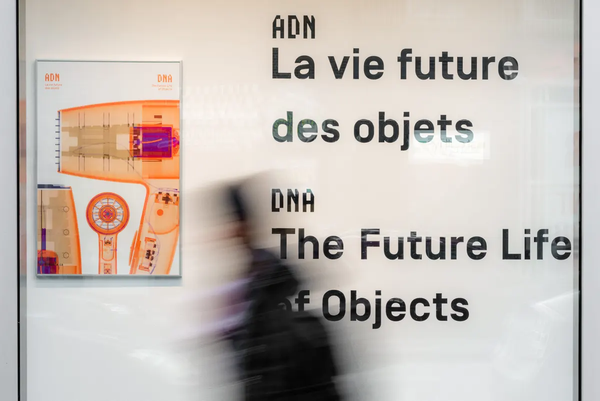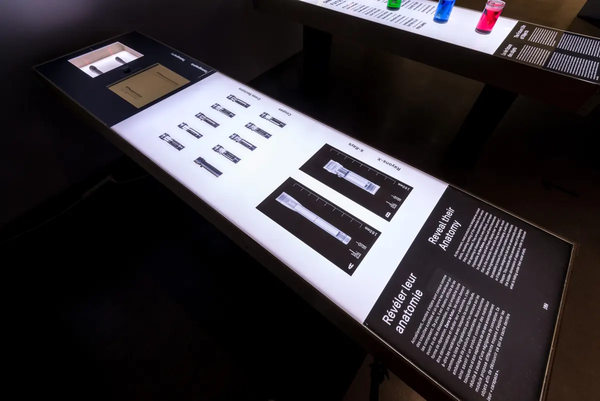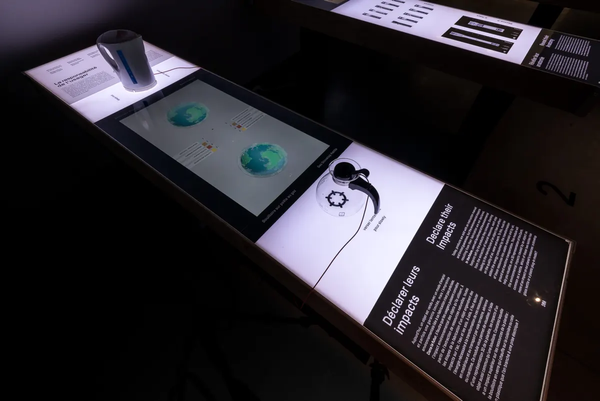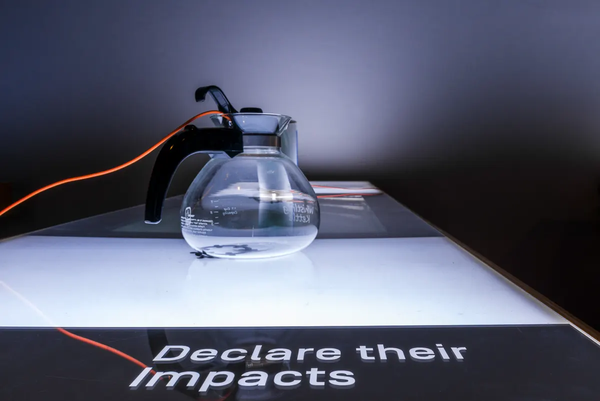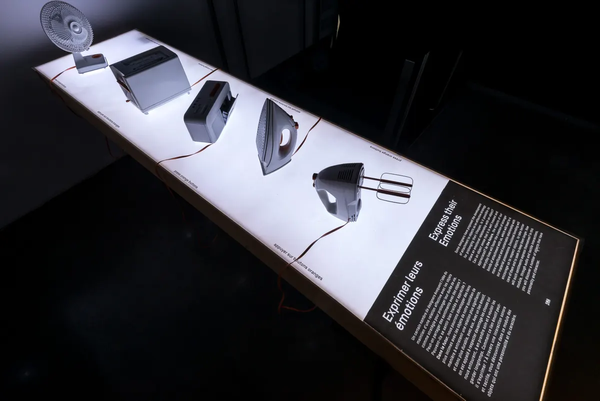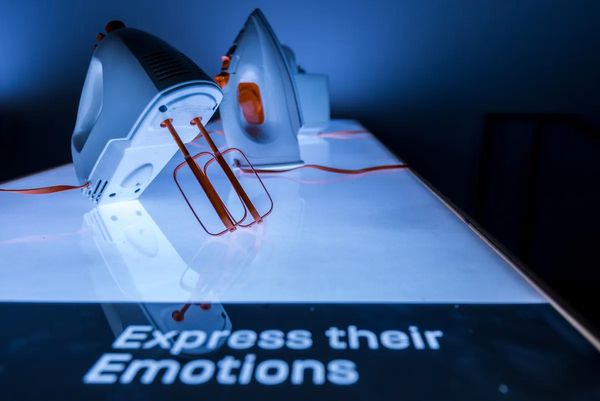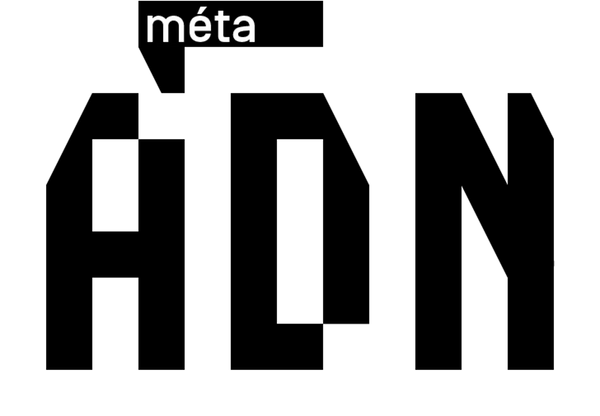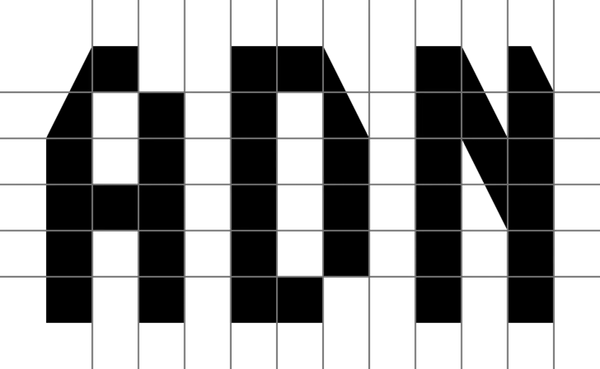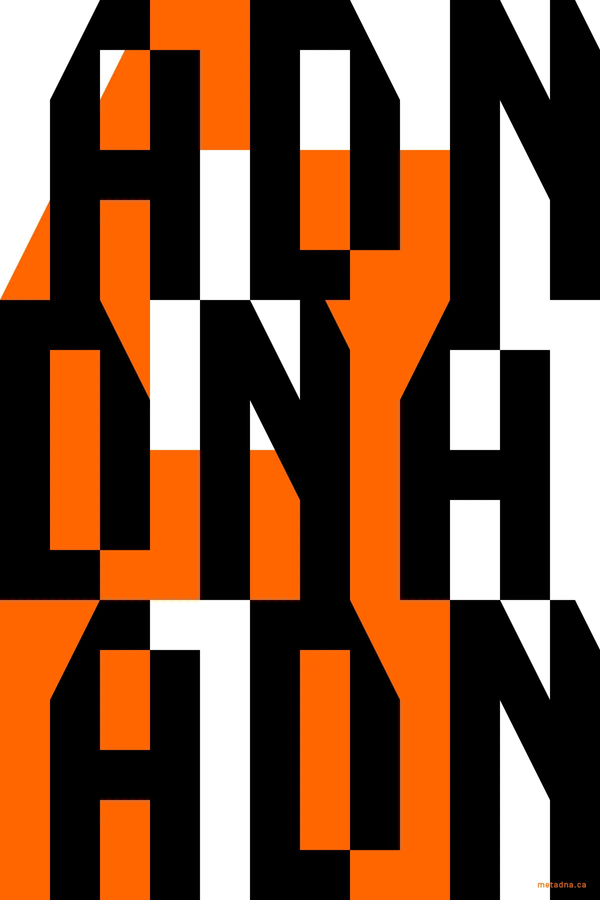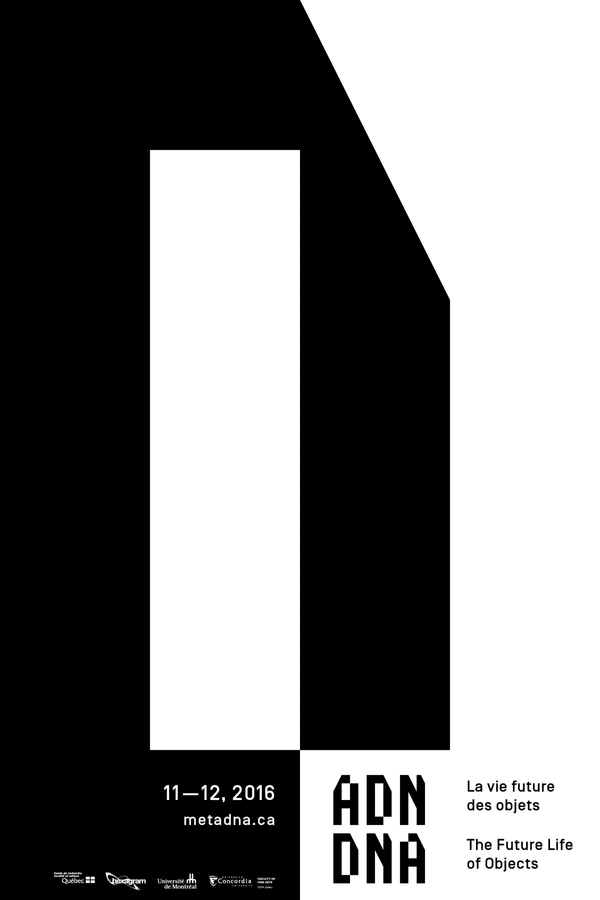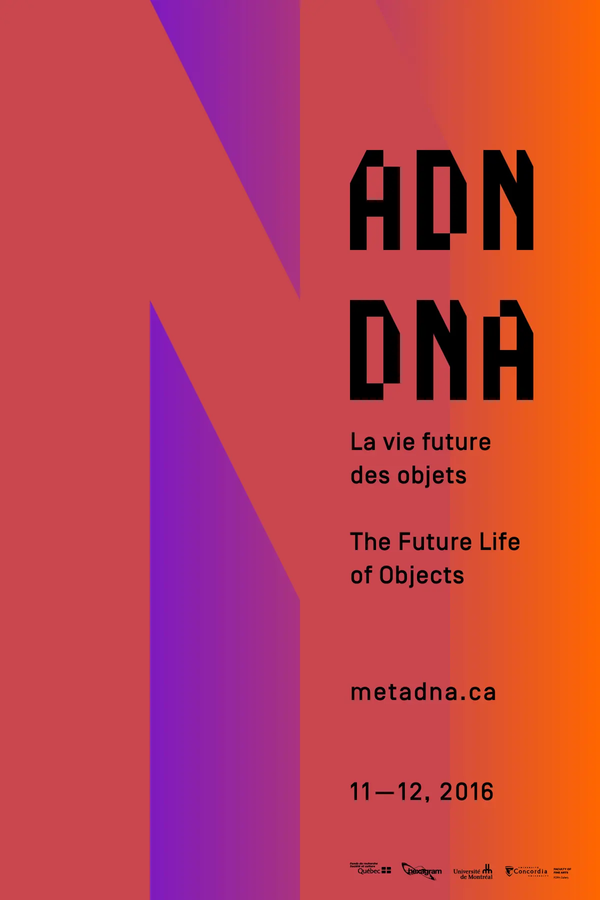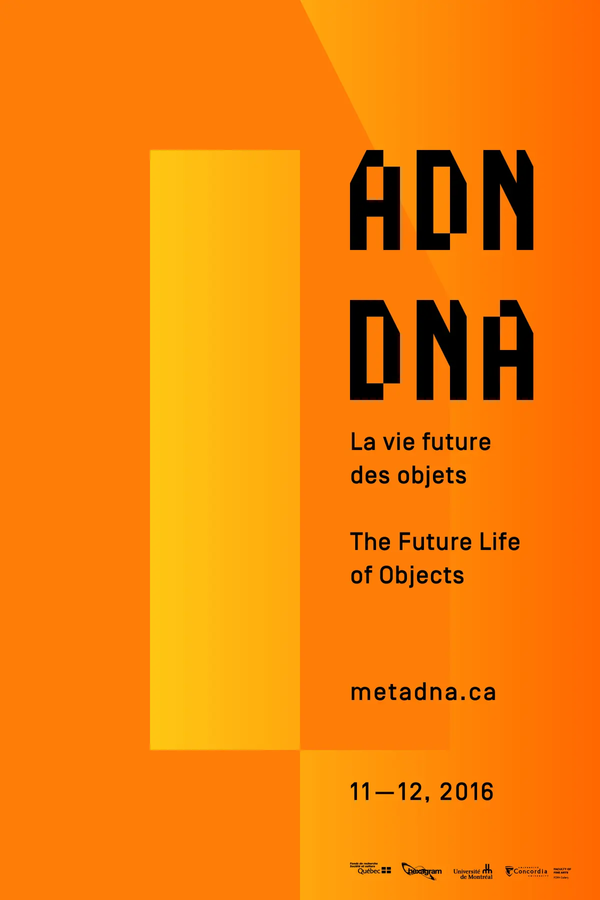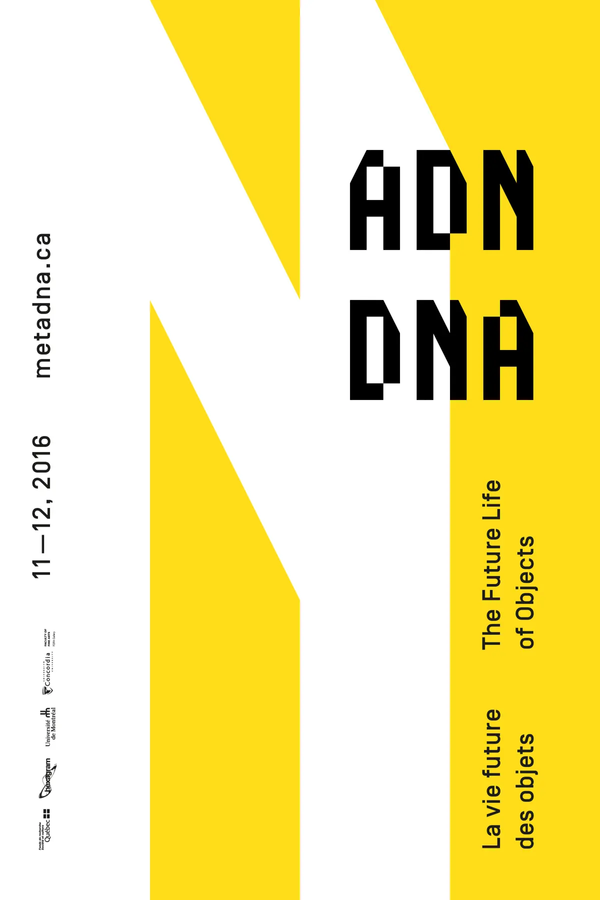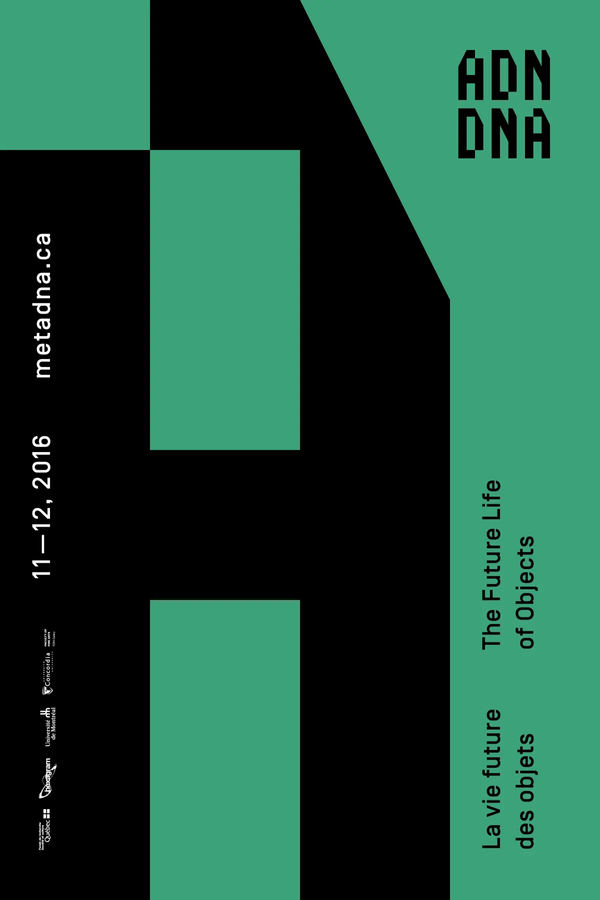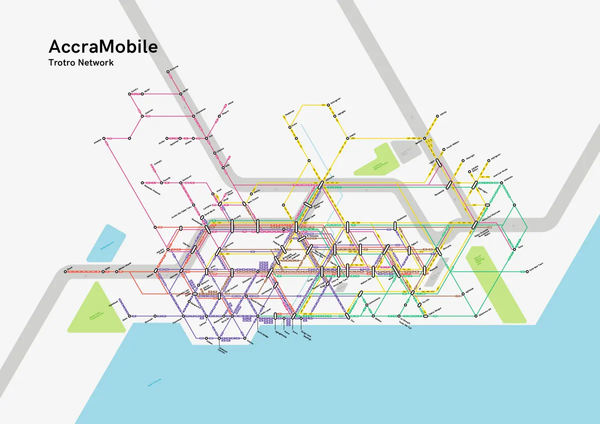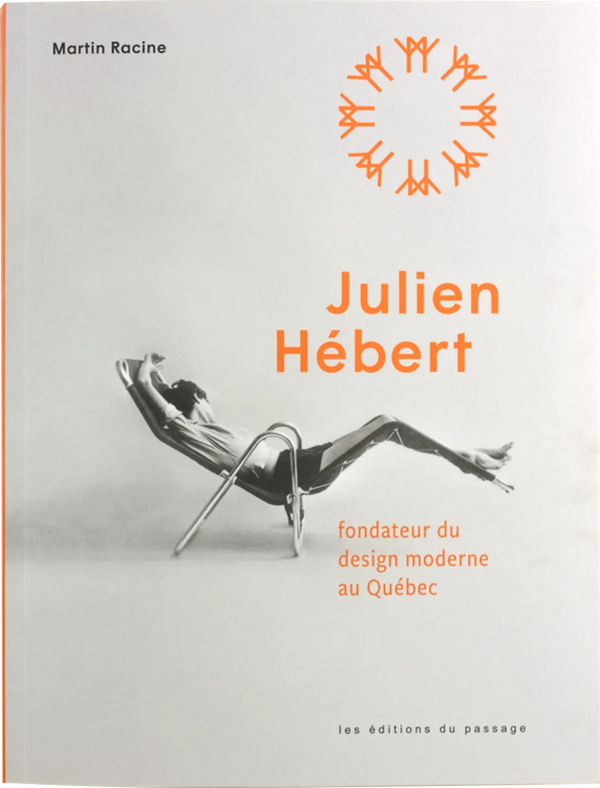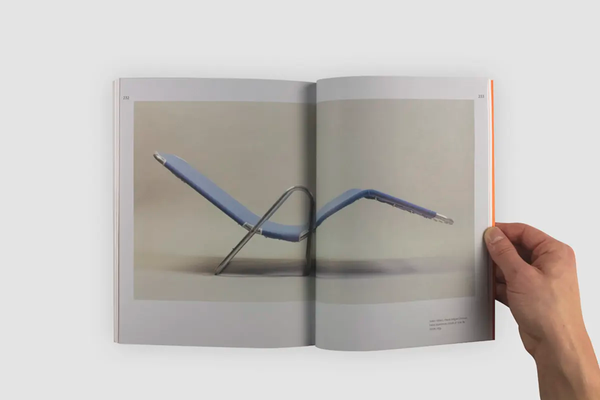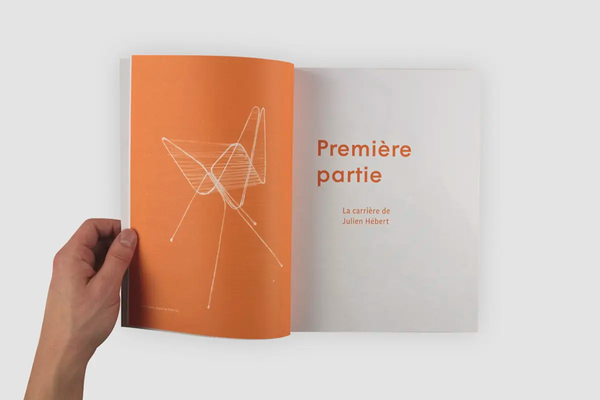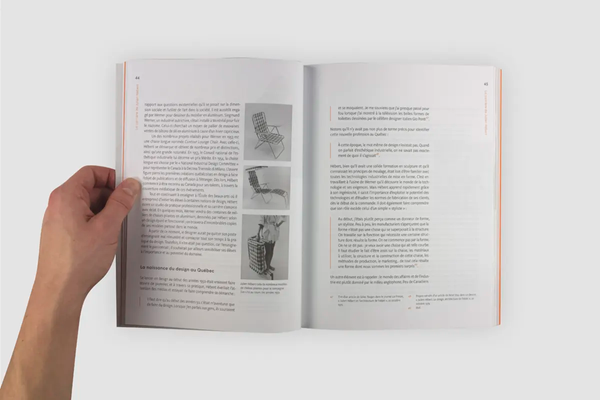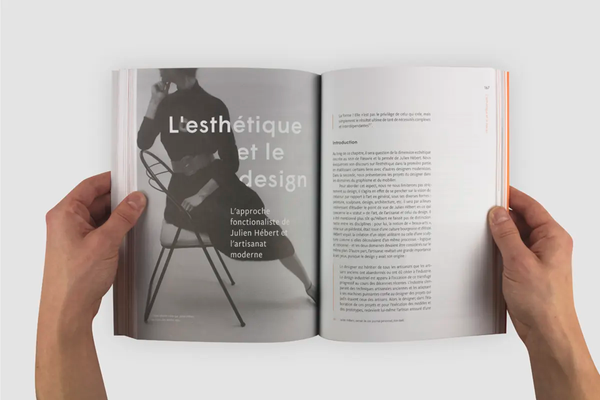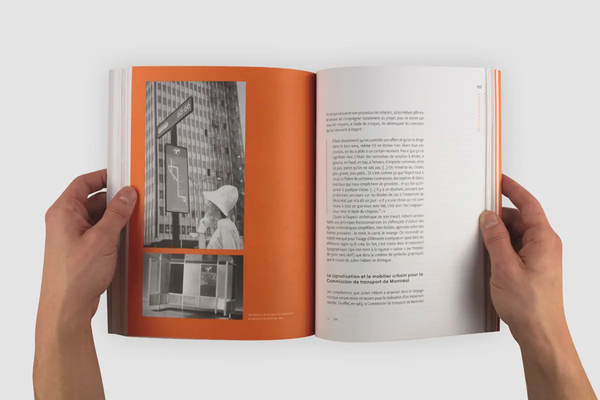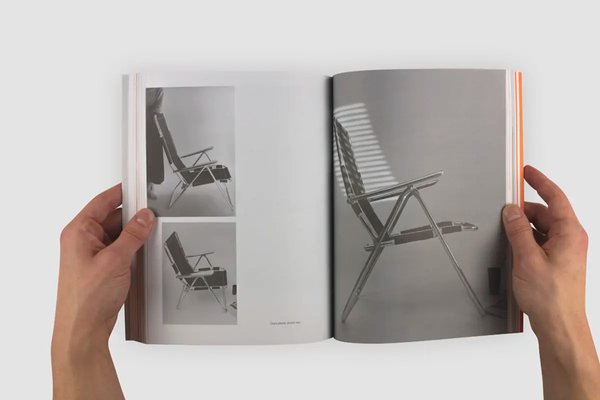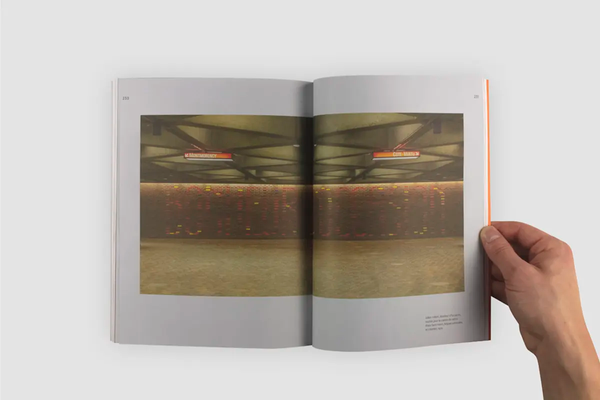DNA project
DNA project is a research by creation project. For the duration of the project, we took the time and the means to explore what would the concept of the object become in the future, as they evolve into intelligent objects, as humans start to grasp their environmental impact, and as we start questioning our role as consumers in an object oriented society. This contemplation eventually lead us to write a manifesto, that inspired an interactive exhibition named: DNA, the future life of objects. In this project, my colleague Hugues Rivest and I have worked on 3 distinct interactive experiences for this exhibition.
In the future, objects will reveal their anatomy lets you experience the difference of two objects that share the same function, but that are created differently.
In the future, objects will declare their impacts lets you experience the impact of, again, two objects that share the same function, but have a contrasting environmental impact.
In the future, objects will express their emotions is a playful experiment that gives a personality and a voice to common objects. These objects react in a surprising way to the way we interact with them.
This project was directed by: Martin Racine and Philippe Lalande, with the collaboration of: Alexandre Joyce, Hugues Rivest, Elio Bidinost, Mark Unterberger, Jahon Torbati, Émile Lemay-Racine, Edward Nyamenkum, Samuel Tissot-Jobin, Cecilia Lico and Mario Miranda Luévano.
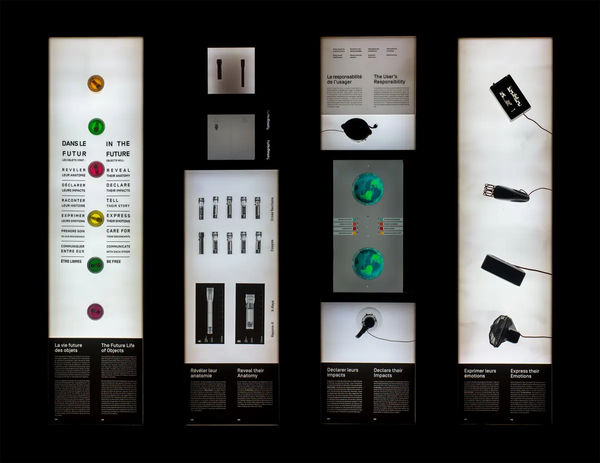
Interactive exhibition. All kinds of materials. Exhibition modules: 8' × 2' × 3' 2"
